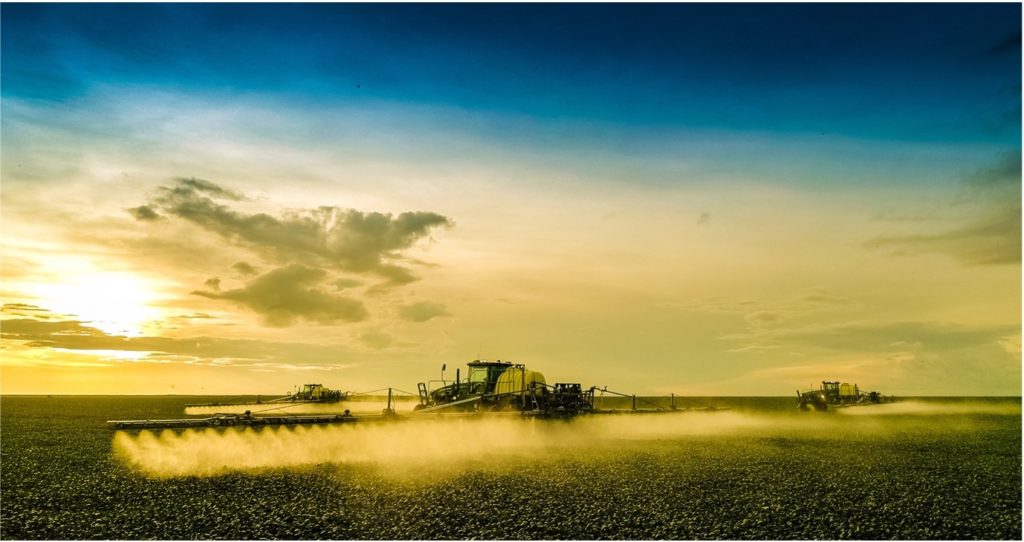Deal enables broader depth of transformational support for Kearney and The Context Network clients.
CHICAGO, October 17, 2024 – Kearney, a leading global management consulting partnership, today announced its acquisition of The Context Network (Context), a consultancy with deep expertise in agribusiness and more than 30 years of serving clients in the sector. The acquisition increases Kearney’s presence in agriculture and food, two priority areas for the firm, while contributing to the ongoing growth of Context’s business and furthering rewarding career paths for the Context team.
Context’s team of professionals provide strategic advice to clients across the entire food and ag value chain, including crop input manufacturers, equipment manufacturers, and agricultural retailers. Alongside Kearney’s history, presence, and expertise in agriculture and food, Context will bolster the Kearney team to serve our clients with an even greater depth of knowledge. Kearney has prioritized investments across the food system as a key area for the firm’s growth.
“Acquiring The Context Network is a significant step to expand and deepen our client impact across the agriculture and food value chain,” said Carol Cruickshank, Kearney’s Americas region chair. “Kearney keeps a continuous focus on building the capabilities and solutions needed to adapt and support our clients in an ever-changing world.”
For Context, being acquired by Kearney is an opportunity to bring Context’s expertise to more clients and broaden their offerings to help more companies with end-to-end transformation. “The breadth and depth of Context’s network and expertise, combined with Kearney’s, will enable us to do even more toward our mission of advancing agriculture—of delivering meaningful, actionable solutions to our clients’ most pressing challenges,” said James Mann, partner and chair of the board of managers at Context. “That’s the goal that has always driven us, and we’re excited by what being part of Kearney means both for our people and for our clients.”
Kearney partner Rob Dongoski shared that the Context team works similarly to Kearney in their entrepreneurial spirit, focus on innovation, and willingness to roll up their sleeves and get to work. “The Context team has an unmatched understanding of large-scale production of staple crops and the complexity of the agriculture and food value chain,” Dongoski said. “This transaction will combine complementary capabilities to provide a stronger offering for our clients across the agriculture and food spectrum, solving a known gap in the industry.”
The Context acquisition represents a continuation of Kearney’s strategy of using inorganic moves to accelerate its top-line growth and better serve clients. In the past five years, Kearney has also acquired Cervello, a data and analytics provider; Prokura, a procurement and supply chain consultancy; OPTANO, which provides AI-powered operations optimization solutions; TEAMS, an industrial design firm; MSE – Management Solutions Experts, a Middle East consulting firm; and Silicon Foundry, an innovation advisory firm.
The Context Network will be known as “The Context Network, a Kearney Company,” while still offering the same level of service they’ve always delivered to their clients.
About Kearney
Kearney is a leading global management consulting firm. For nearly 100 years, we have been a trusted advisor to C-suites, government bodies, and nonprofit organizations. Our people make us who we are. Driven to be the difference between a big idea and making it happen, we work alongside our clients to regenerate their businesses to create a future that works for everyone. To learn more about Kearney, please visit www.kearney.com.
About The Context Network
The Context Network® is a global agribusiness consulting firm which helps organizations achieve remarkable results through strategic management insights and a network of agriculture, biotechnology, and food industry professionals, creating business solutions that deliver actionable outcomes. With a rich history of advancing agriculture across the entire food and ag value chain, our passion for agriculture is what drives us and is one of the main reasons we have become the premier global agribusiness consulting firm in advancing agriculture. To learn more, please visit us at www.contextnet.com.









